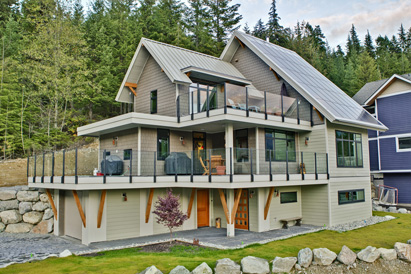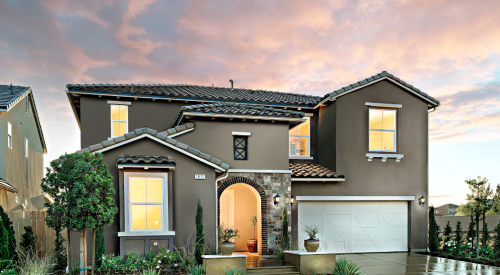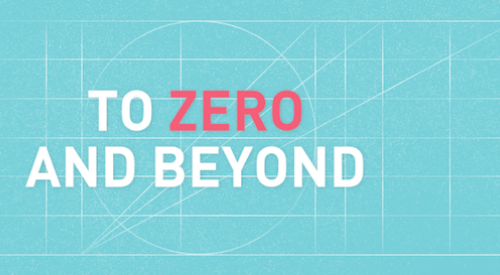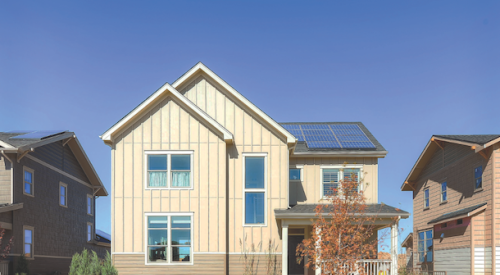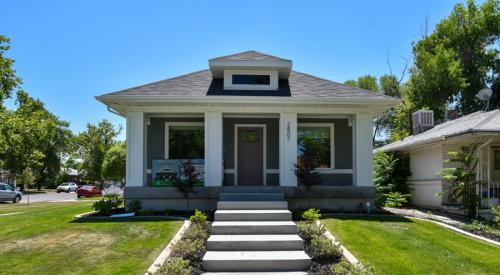Energy-efficient home building has evolved significantly in a very short period of time, with the bar on home performance continually rising. Near the peak of what's possible today, net-zero energy (NZE) homes strive for a balance of energy use and production, consuming only as much energy as is created by the home's systems.
Builders from across the country convened to discuss the latest advances and trends in this growing field at the Net-Zero North American Leadership Summit, Oct. 8-10 in Irvine, Calif., hosted by the Net-Zero Energy Home Coalition and co-sponsored by Professional Builder.
Professional Builder interviewed some of the speakers who participated in the recent Net-Zero Energy Summit to find out the lessons the industry has learned about NZE home building over the last five years.
1] The average American is more aware of net-zero and its possibilities
While the idea of every home being net-zero is still a ways off, it's not quite as unusual as it once was. "It was challenging to find clients in 2008 interested in making the investment," says Bob Deeks, president of RDC Fine Homes in British Columbia.
"Five years ago, the buyers were engineers and environmentalists who were willing to pay extra," says CR Herro, vice president of energy efficiency and sustainability for Meritage Homes. "Today, there are more average buyers who are looking to reduce their energy bills, and Millennials who have been brought up with an increased environmental consciousness and sense of responsibility."
The shift isn't just happening on an individual level either. Bronwyn Barry, design director at San Jose, Calif.-based One Sky Homes, notes how larger cities like San Francisco and New York have started requiring information about a building's energy consumption to be made public. Some European cities have even taken it a step further, mandating that homes disclose their energy consumption per square foot when they go on the market.
2] Homeowners have to be onboard for net-zero to work properly
While technology and materials are the drivers behind a net-zero energy home, if the homeowner doesn't know how to use it properly, it's not going to do any good. Deeks learned this firsthand after finishing the company's first NZE home. The house wasn't performing as the energy modeling had suggested, which Deeks was able to trace back to the homeowners themselves.
Barry likens the home-and-homeowner relationship to that of car and car owner. "Everyone knows how many miles per gallon their car gets, but when you ask them how much energy they're using, they have no idea," she says. "People can relate to their comfort more than their energy consumption."
Deeks says that on its second shot with NZE, "the client has been much more involved in the design process." For his company, the key was making it easier for homeowners to see their choices in action. That's why the company installed the KSI Smart Panel from Koben Systems. The computerized terminal takes the place of the traditional electrical panel and shows energy consumption in real time for each utility and appliance in the house.
3] Producing NZE homes is slowly becoming more cost efficient
In its early stages, energy-efficient home building of any kind proved largely cost prohibitive since much of the technology associated with it was brand new. The price has started to come down over time; however, while the cost of installing solar has declined, most of the state-run solar offset programs also have gone away, Herro says. Funding is more readily available in Mexico, according to Fernando Mayagoitia of Lean House Consulting. There, net-zero energy projects are largely exploratory endeavors by the federal government and haven't made their way into the general discussion yet. If a series of pending energy reform laws are passed, however, "we would expect more resources from the private sector for development projects," Mayagoitia says.
4] Cutting-edge technology isn't always the best path to zero
While it's true the cost of solar panels and other NZE-related technologies has decreased, the high-tech route isn't the only way to achieve net-zero. "Keep it simple and stay away from fancy, expensive technology," Deeks says.
RDC learned a lot from its first NZE project and is applying those lessons to its second effort. Insulated concrete form (ICF) foundations offer a simplified building envelope with better insulation values. "It provides a pre-insulated foundation assembly, it's easy to install, and it virtually eliminates waste," Deeks says.
The heating system was simplified as well, with the new house relying more on passive heating and shading techniques.
5] Air sealing and insulation can make (or break) an NZE home
Keeping some of these ideas in mind, Barry says the question has become, "Where do you find the balance between adding lots of [photovoltaic] to a building and adding efficiency measures to your building envelope?"
She and others seem to agree that putting extra time and money into the building envelope itself is the way to go. Barry points out that photovoltaic panels, while beneficial, are still mechanical equipment that will require maintenance and operation.
"The low-hanging fruit of energy efficiency is building airtightness," Deeks says. That's why he chose ICFs for the foundation on RDC's second NZE home. The wall assemblies are structural insulated panels (SIPs), which Deeks says give the best monetary value for the highest R-value.
6] Energy modeling is becoming more accessible
In the past, builders had to hire energy-modeling specialists to gauge the efficiency of the house. "Now architects and designers are driving energy modeling," Barry says. A believer in Passive House principles herself, Barry utilizes the Passive House Planning Package energy-modeling software to do her own calculations and cites its strong track record for high accuracy.
